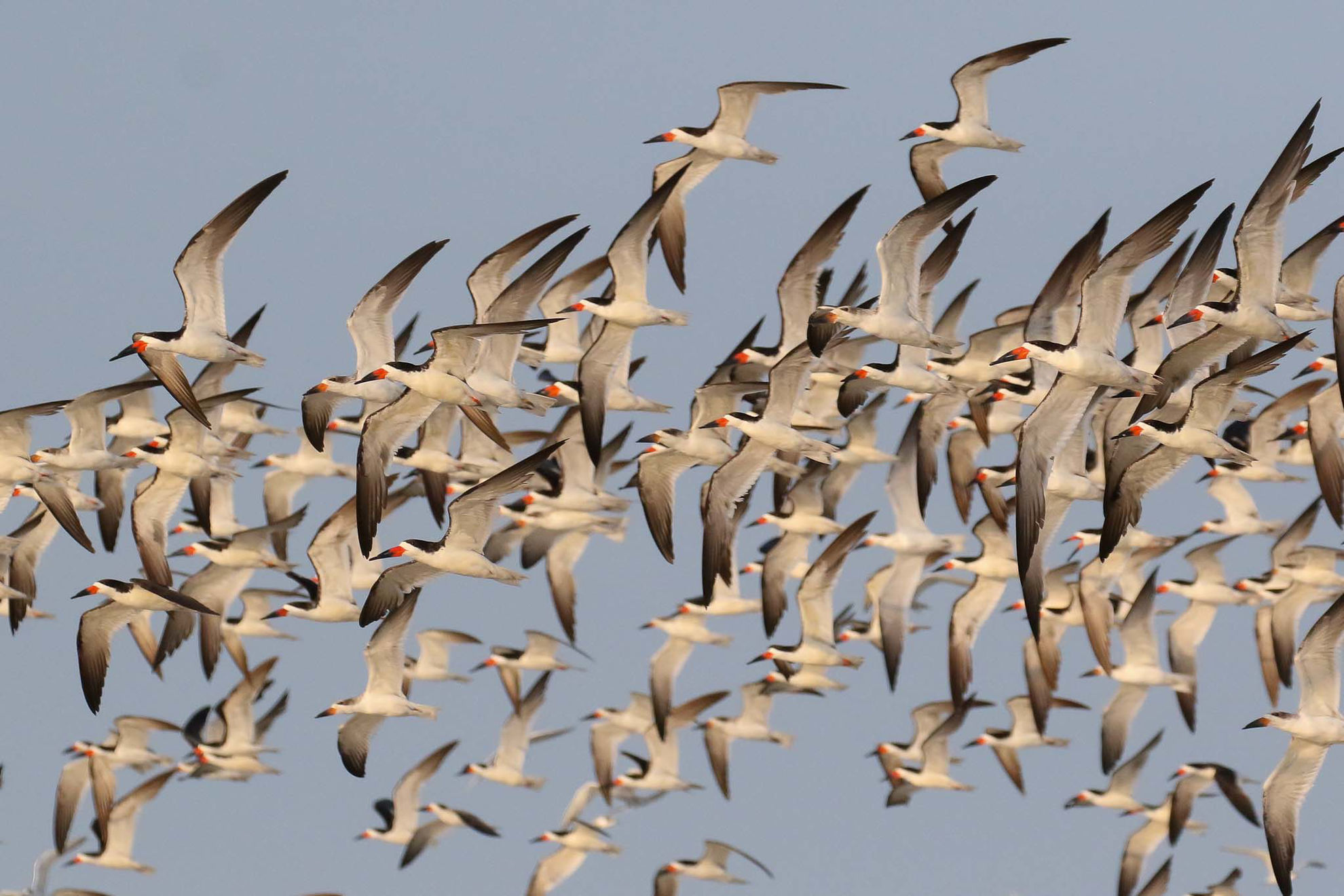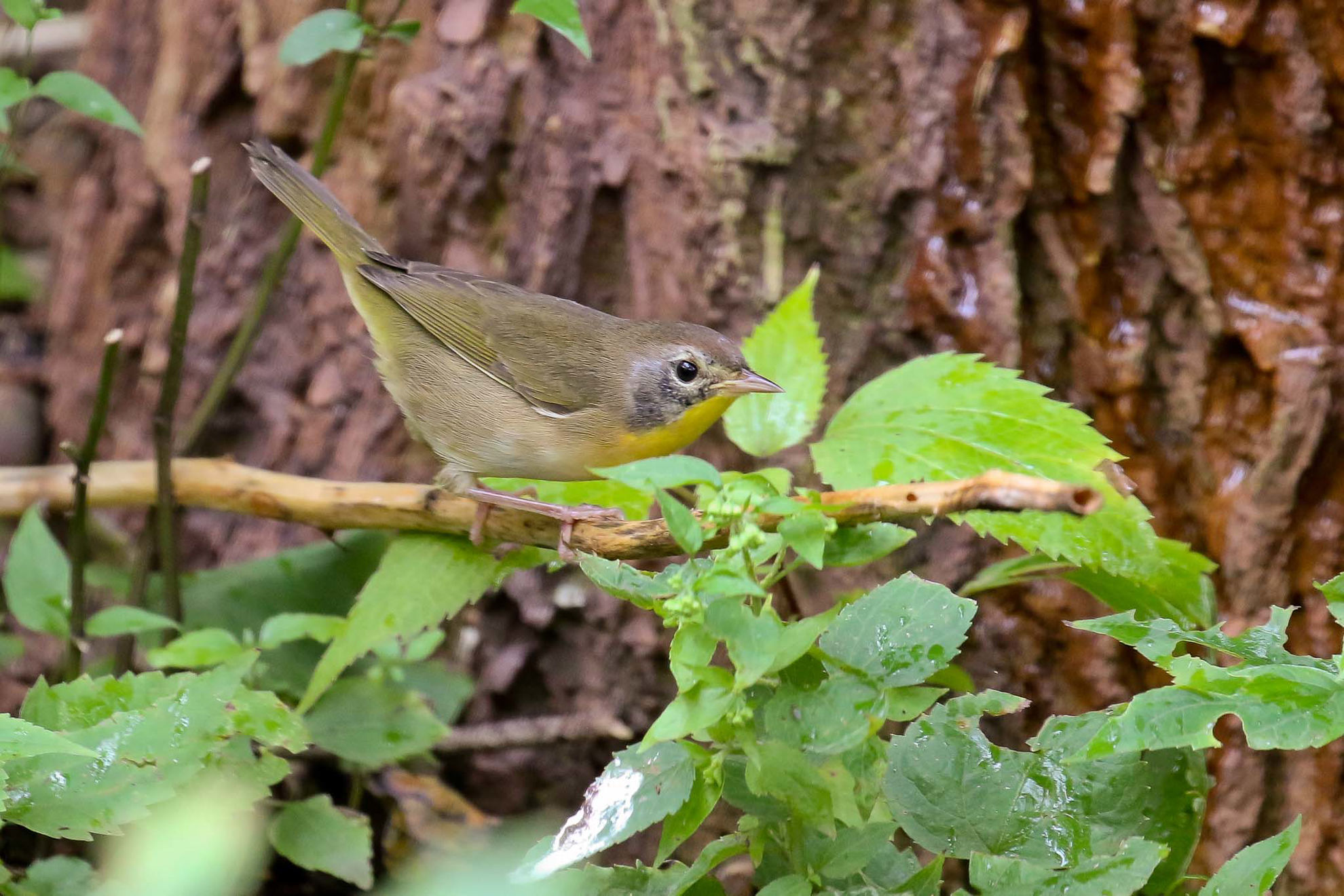Toll Free: 800.328.8368
Phone: 512.328.5221
Cape May: The Magic of Fall Migration
Upcoming Dates
September 20 - 26, 2026
Departs
Philadelphia
Returns
Philadelphia
Tour Limit
12

Black Skimmers © Michael O'Brien
Visit one of the country’s most famous venues for witnessing bird migration, where abundant raptors and landbirds provide great learning opportunities during the peak of the season. Migration is weather dependent, but always interesting and potentially amazing.
Along the Atlantic Coast, fall is perhaps the most enchanting of seasons. Summer has lifted, the harvest is in, and the air carries a promise of winter to come. But there is a last warm chance to savor the abundance of nature. Thousands of birds, their brief annual residence in the north completed, make their way down the eastern seaboard, pausing only to feed and rest. The feeling is very different from that of the spring migration, with its joyful song and sprightly breeding dress. However, this autumnal journey has a majesty and splendor that is truly unique.
At Cape May, southbound hawks find themselves in a quandary. They have been moving along the coastline, but here the land ends, and they are surrounded by water on three sides. This causes an avian traffic jam, and birders are its greatest beneficiaries. Songbirds, also heading south, are forced to stop in Cape May. The morning sky is often filled with warblers, vireos, flickers, buntings, and other species as they seek a place to rest and refuel after their nocturnal flight. As the day heats up, Sharp-shinned, Cooper’s, and Broad-winged hawks, along with Northern Harriers, Ospreys, American Kestrels, and Merlins are on the move. Even Peregrine Falcons may number in the dozens.
But there are more than just raptors and songbirds in Cape May. In the “rips” off Cape May Point, feeding flocks of gulls and terns attract migrating Parasitic Jaegers, while the first southbound scoters, loons, and Northern Gannets pass by. Area marshes and ponds harbor an interesting seasonal mix of shorebirds and waterfowl, ripe with opportunity for study. A leisurely cruise through the back bays aboard a pontoon boat will be a particularly enjoyable way to explore these habitats. Fall is also the best time of year to witness insect migration in Cape May. The often-spectacular movements of Monarchs are particularly well known, but movements of dragonflies can be equally impressive, and usually accompanied by small falcons that prey on them.
Our tour is designed to experience the very best that this special season has to offer, and also explore the fascinating dynamics of migration. There is no better classroom in the United States to witness and learn about migration and migratory birds than Cape May.
Good to very good accommodations and food; easy to moderate terrain; warm to cool climate.

Common Yellowthroat © Michael O'Brien
Route Map
Tour Leaders
Field Reports
Available by request; please contact the VENT office.
Connecting Tours
No Connecting Tours
Operations Manager

Patrick
Swaggerty
Questions? Contact the Operations Manager or call 800.328.8368 or 512.328.5221




